A worksheet to use when teaching students how to find the main idea of a text.
Main Idea Graphic Organiser Templates
Use these simple main idea graphic organisers when searching a piece of text for the main idea and its supporting detail. Printing this template and putting it in a clear plastic sleeve means your students can use a whiteboard maker and use the template repeatedly.
Each template includes a spot for the main idea and three spots for students to put in the supporting detail for the text’s main idea. This encourages students to think about the main idea and show their understanding by writing down three details supporting the provided text’s main idea.
The following templates are included:
- 3 x basic templates with boxes
- 3 x themed templates – spider web, ice cream and cloud and raindrops
Why Use a Graphic Organiser
Using a graphic organiser is an effective instructional strategy that can greatly benefit children in numerous ways. Firstly, graphic organisers help students visually organise their thoughts and ideas, providing a clear structure for their thinking process. This visual representation enhances their understanding of concepts, promotes critical thinking, and fosters meaningful connections between different pieces of information.
Free Download Now
Use the drop-down menu to choose between the PDF and editable Google Slide versions of this resource.
This resource was created by Lindsey Phillips, a Teach Starter collaborator.
More main idea resources:
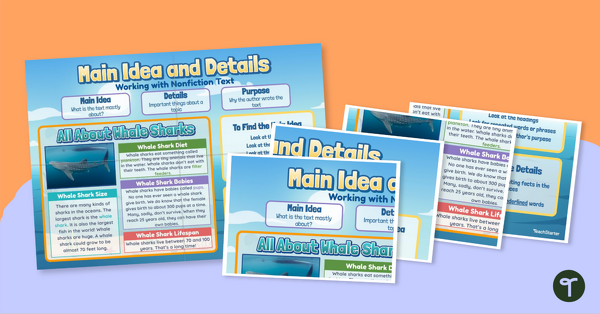
teaching resource
Finding the Main Idea Anchor Chart
Build skills in identifying main idea and details in nonfiction texts with a main idea poster chart for primary students.
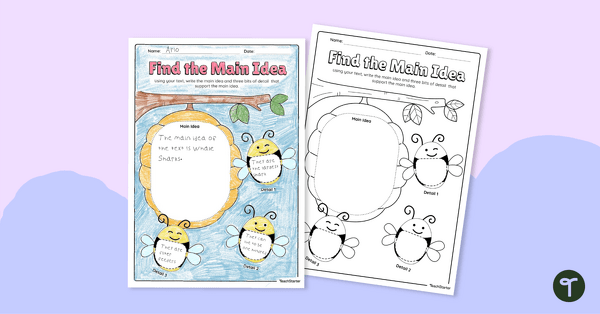
teaching resource
Finding the Main Idea Graphic Organiser - Beehive
A graphic organiser to help students work out the main idea and supporting detail of a text.
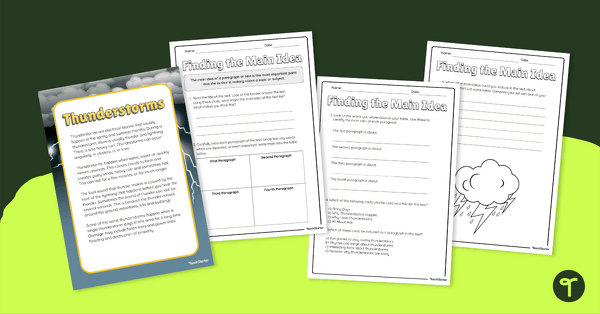
teaching resource
Finding the Main Idea - Comprehension Task (Thunderstorms)
A task to use when teaching your students reading comprehension strategies.
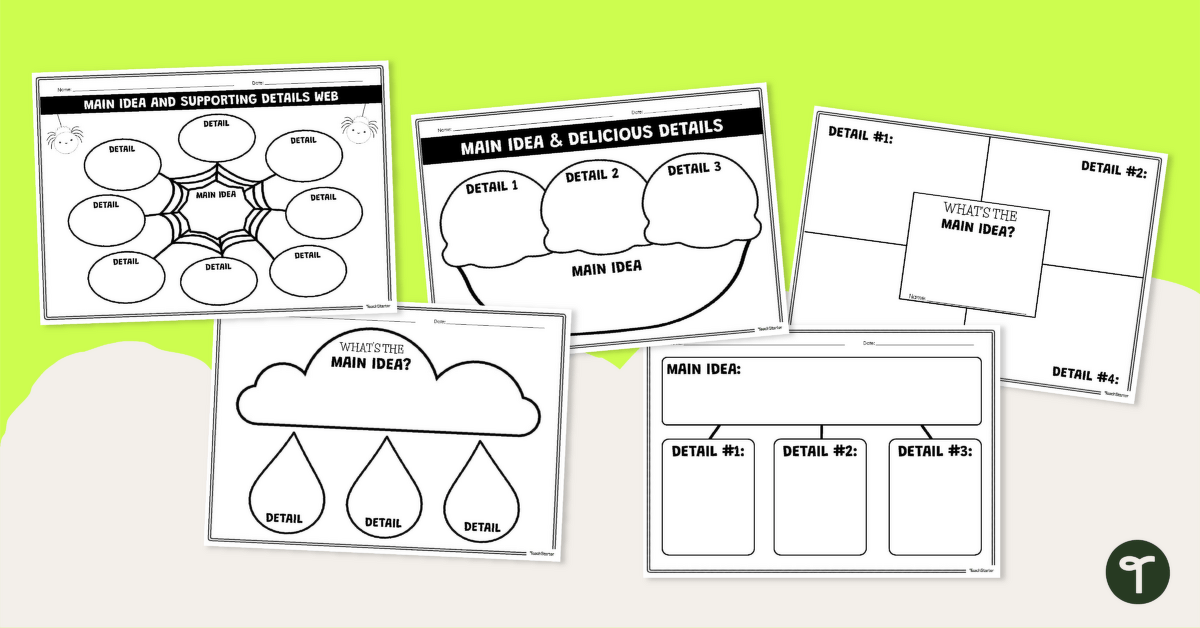

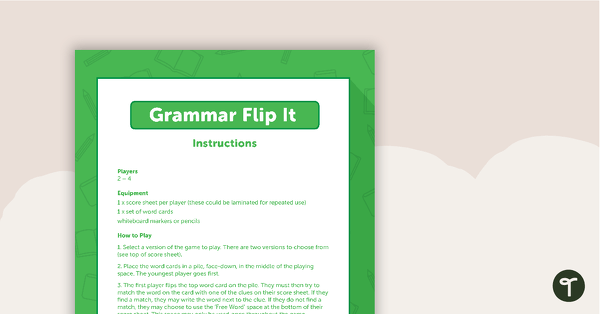
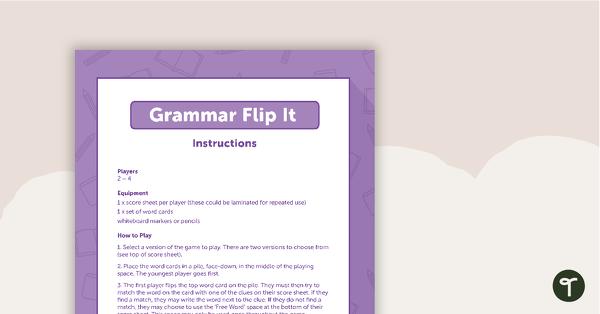

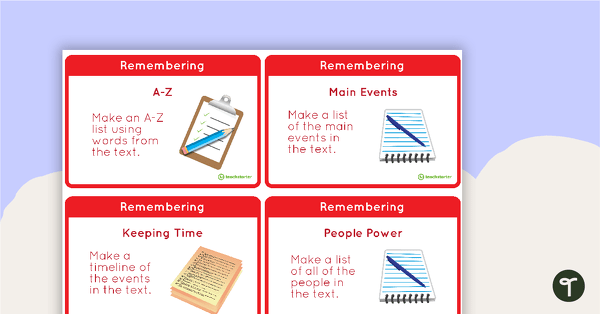
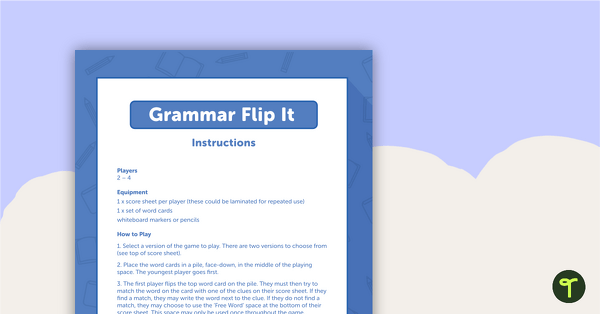


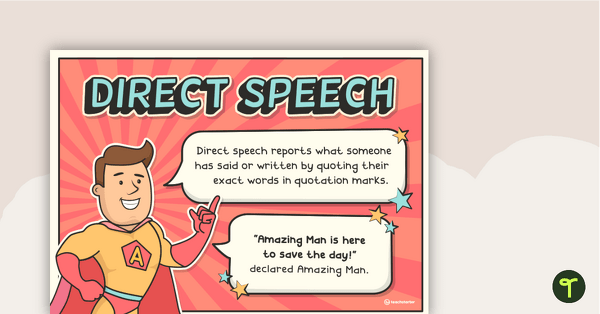
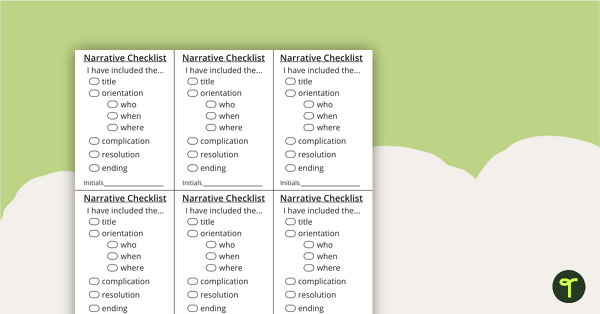

0 Comments
Write a review to help other teachers and parents like yourself. If you'd like to request a change to this resource, or report an error, select the corresponding tab above.